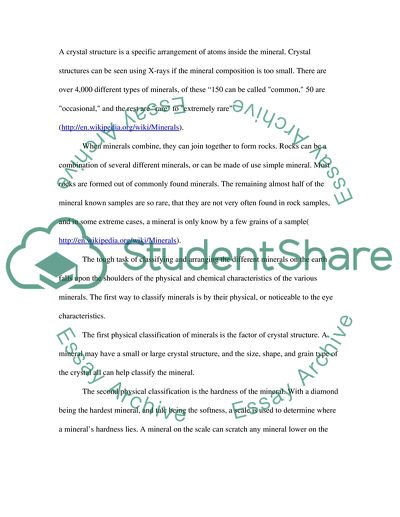Cite this document
(“Minerals Essay Example | Topics and Well Written Essays - 1000 words”, n.d.)
Retrieved from https://studentshare.org/environmental-studies/1538938-minerals
Retrieved from https://studentshare.org/environmental-studies/1538938-minerals
(Minerals Essay Example | Topics and Well Written Essays - 1000 Words)
https://studentshare.org/environmental-studies/1538938-minerals.
https://studentshare.org/environmental-studies/1538938-minerals.
“Minerals Essay Example | Topics and Well Written Essays - 1000 Words”, n.d. https://studentshare.org/environmental-studies/1538938-minerals.


